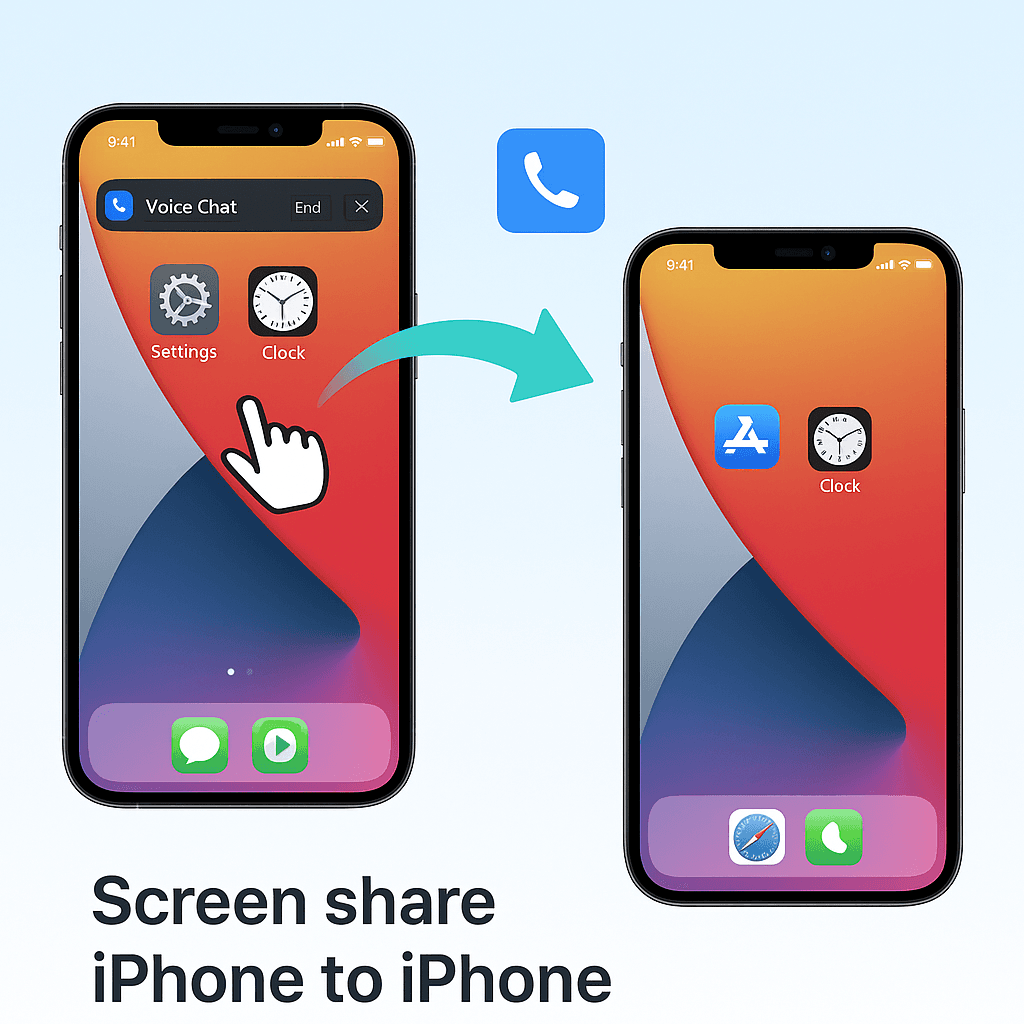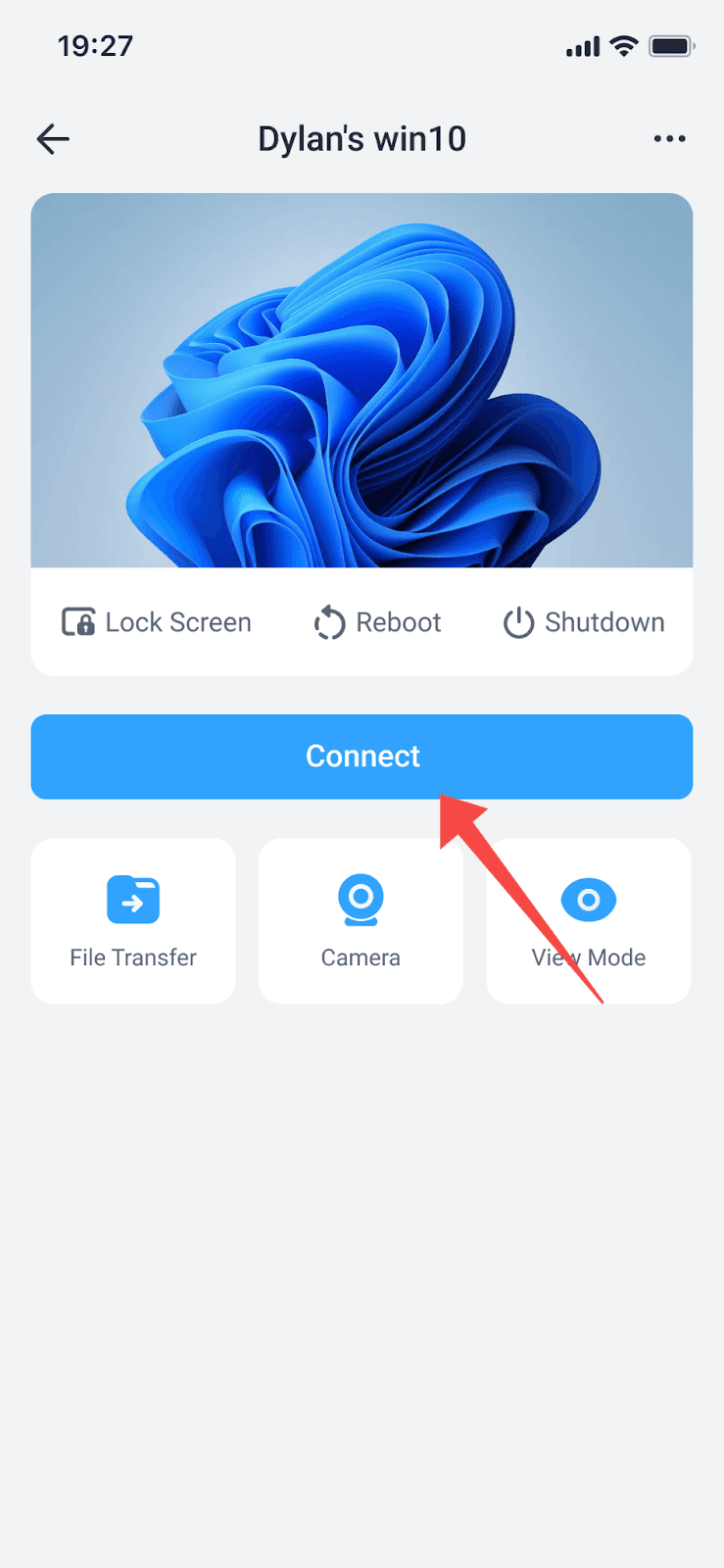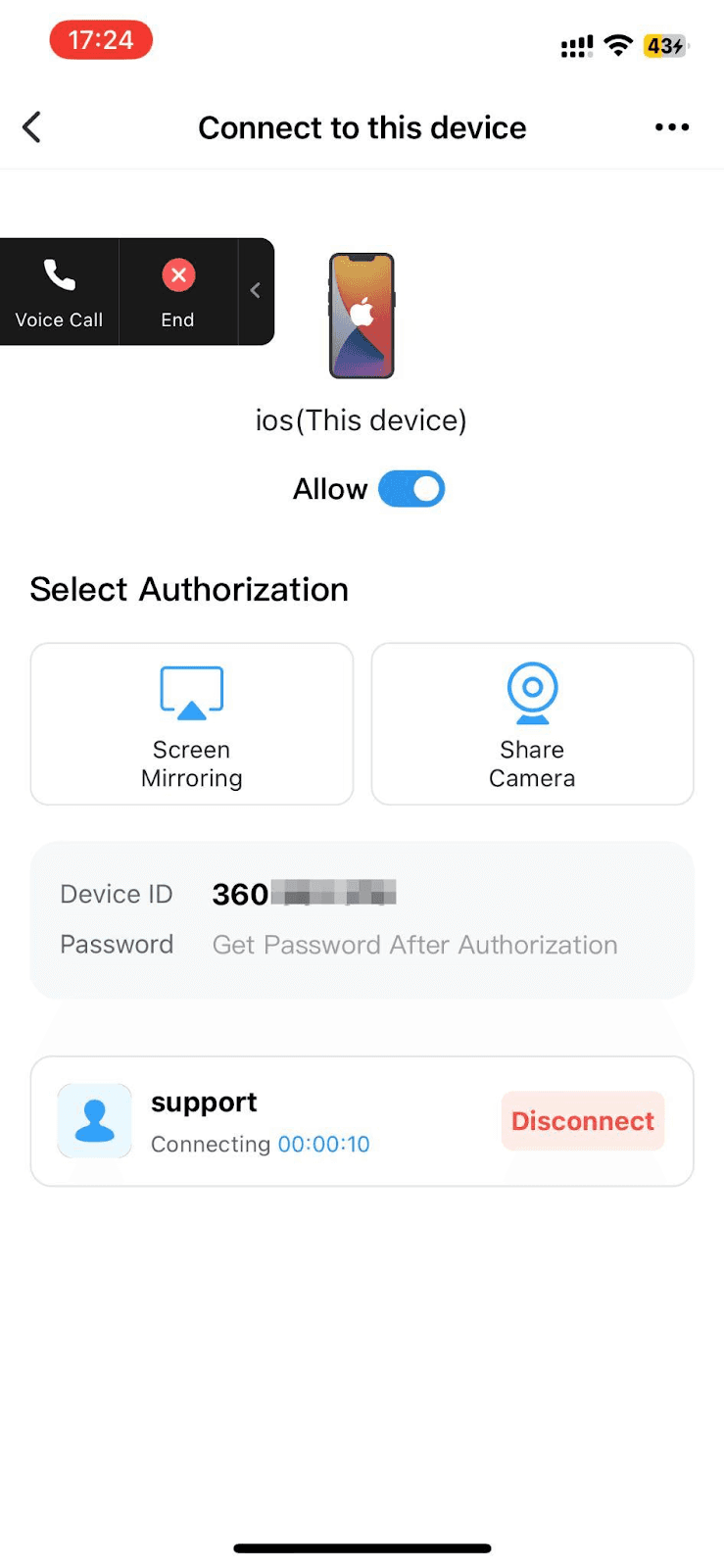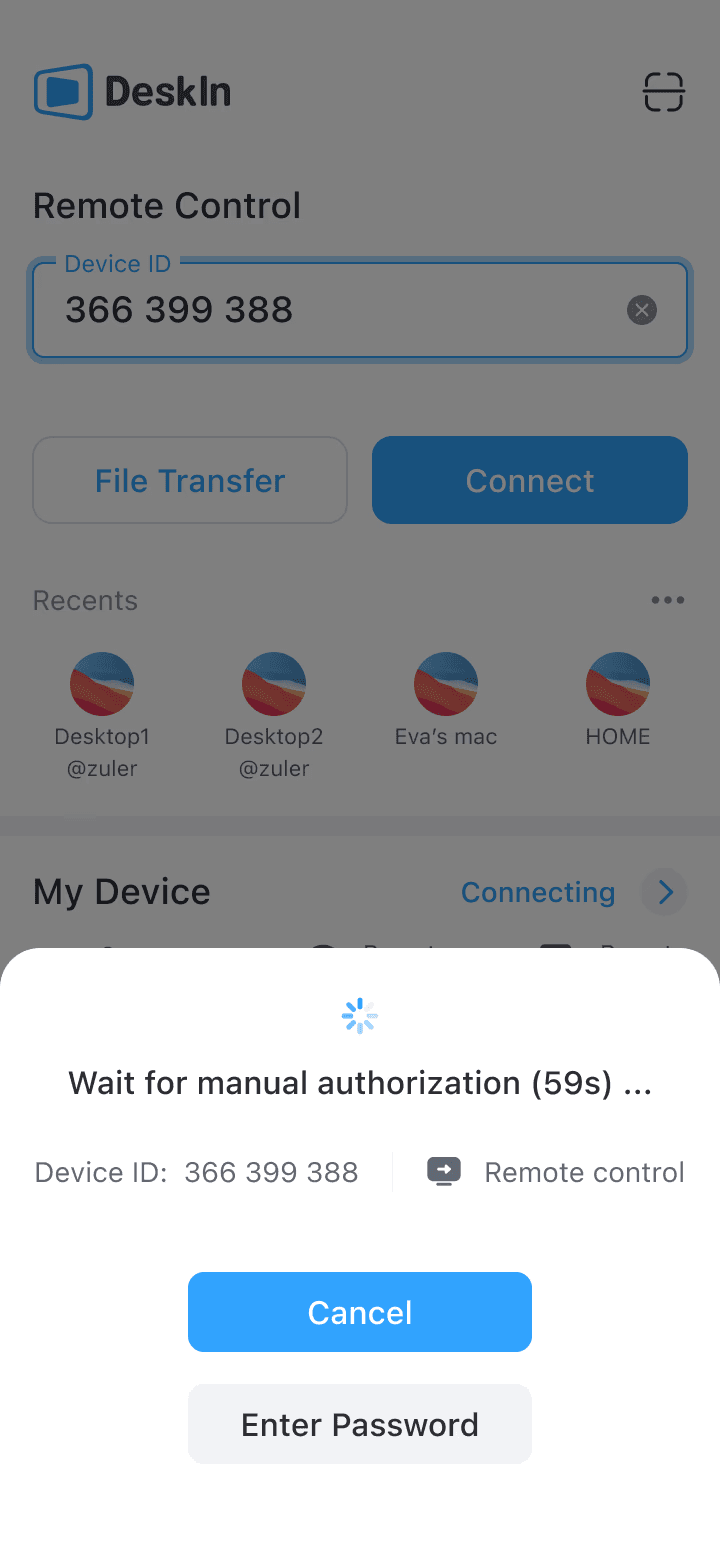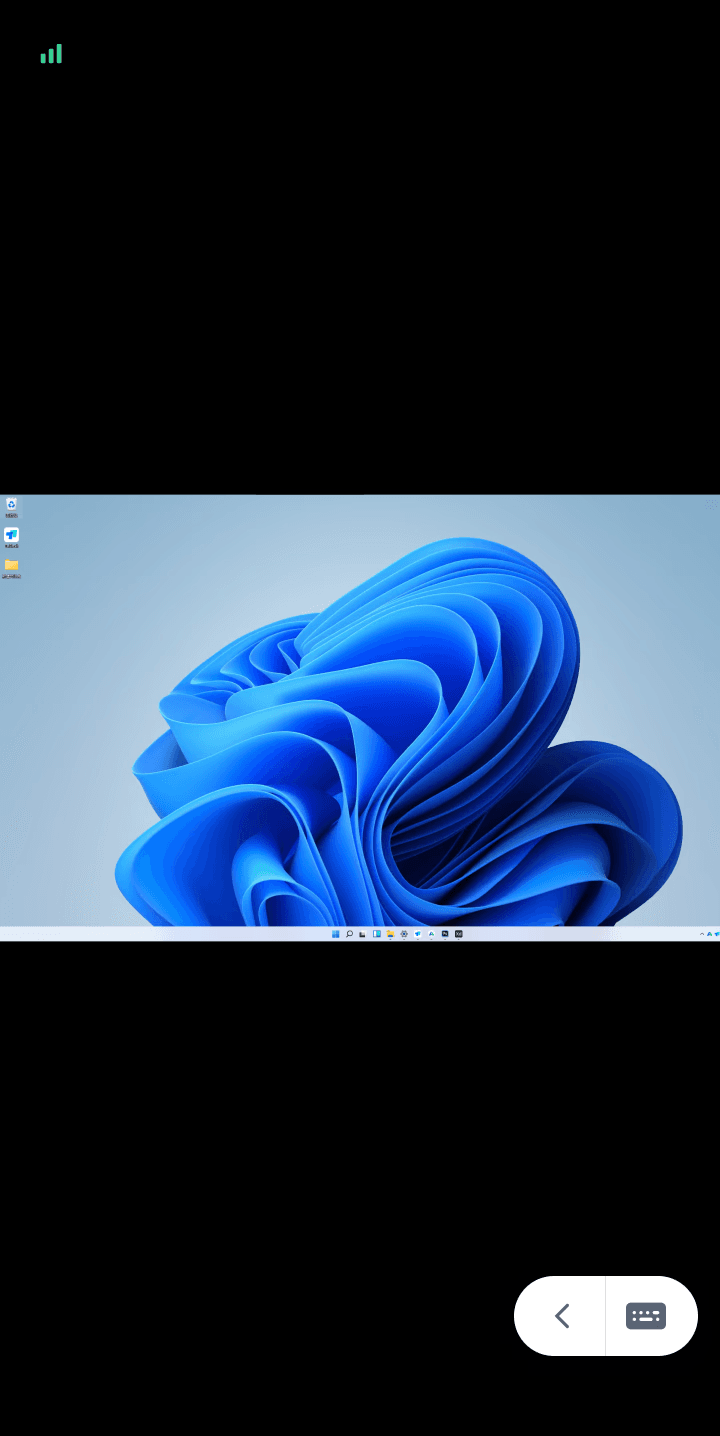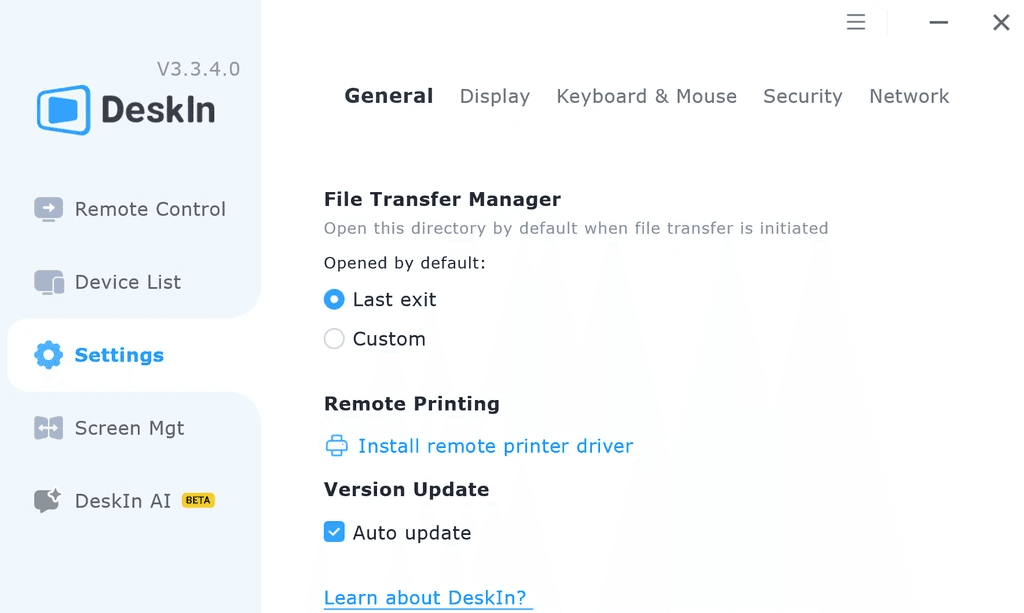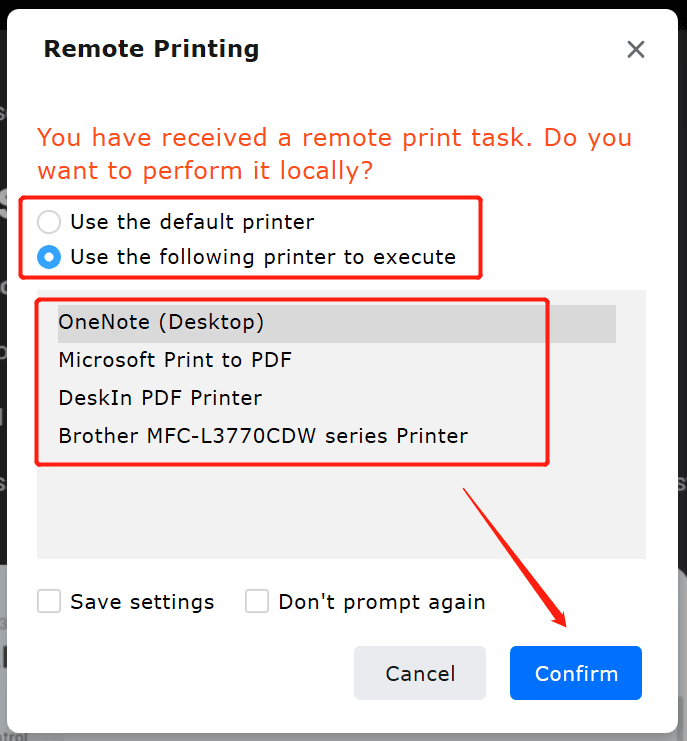In recent years, data breaches have become increasingly alarming. Just last year alone, over 1 billion records were stolen by hackers — a truly staggering number. What’s even more concerning is that remote control attacks on computers are now more frequent than ever.
According to a study by Check Point Research, between August 2024 and January 2025, the top three targets for cyberattacks in Taiwan were hardware suppliers, government and military agencies, and the manufacturing industry. Whether you’re an individual user or a business, it’s time to take computer security seriously.
If your computer has been acting strangely — for example, your mouse moves on its own, files are mysteriously modified, or the system suddenly slows down — that could be a sign of a hacker intrusion. Sometimes, a remote desktop program you used before may still be secretly running in the background. Once your system is under malicious remote control, not only can your personal data be stolen, but your computer might also be used as a tool to attack others.
This article provides a full guide on how to detect, block, and prevent such threats — helping you regain control of your computer.
Related Reading:
How to Detect If Your Computer Is Being Remotely Controlled
If you suspect that your computer is being accessed remotely, the first step is to learn how to detect it. Fortunately, you can use built-in system tools and commands to quickly check if someone is secretly accessing your device.
Detect Remote Control on Windows
Windows provides several built-in tools for system inspection. The following three methods can help you identify unusual remote connections quickly.
Method 1: Check Logged-In Users via Command Prompt
Press Win + R to open the Run dialog box, type cmd, and hit Enter.
In the Command Prompt window, enter the following commands:
Code block
1 quser
2 query user
Review the results — if you see unfamiliar accounts currently logged in, it may indicate that your computer is being remotely accessed.
Method 2: Check Active Users via Task Manager
This is a straightforward and real-time way to view all logged-in users.
Press Ctrl + Shift + Esc to open Task Manager.
Go to the Users tab.
Review the list — under normal circumstances, you should only see your current account.
Method 3: Track Login History via Event Viewer
Event Viewer provides detailed system activity logs, making it perfect for tracing login behavior.
Search for and open Event Viewer from the Start menu.
Go to Windows Logs > Security.
Look for Event ID 4624 (Successful Logon) and check for suspicious remote login entries.

Detect Remote Control on macOS
While macOS uses a different approach, the underlying logic is the same — spotting signs of unauthorized access.
Method 1: Check Screen Sharing Settings
Go to System Preferences > Sharing.
Verify that Screen Sharing and Remote Login are turned off.
If these services are enabled without your knowledge, your system might be compromised — disable them immediately.
Method 2: Monitor Network Connections
Use the built-in Activity Monitor to observe network usage and identify any unusual activity.
How to Block Remote Control on Your Computer
Once you’ve confirmed that your computer is being remotely controlled, it’s time for emergency action. Whether you use Windows or Mac, these methods can help you cut off the connection and stop further control.
Stop Remote Access on Windows
Windows’ built-in Remote Desktop and Remote Assistance features are often exploited by hackers. Disabling them is the first step toward stronger protection.
Method 1: Disable Remote Desktop and Remote Assistance
This is the most direct way to block unauthorized access.
Press Win + R, type control, and hit Enter.
Go to System and Security > System > Remote settings.
In the Remote tab, uncheck Allow Remote Assistance connections to this computer.
Select Don’t allow remote connections to this computer and click OK.
Method 2: Adjust Windows Firewall Settings
Even after disabling remote features, you can add extra protection via the firewall.
Open Windows Defender Firewall.
Click Allow an app or feature through Windows Defender Firewall.
Click Change settings, then uncheck Remote Assistance and Remote Desktop.
Save your changes.
Method 3: Disable Unnecessary Remote Services
Use Services Manager to completely disable remote-related background services.
Press Win + R, type services.msc, and hit Enter.
Locate and disable the following services:
Remote Desktop Services
Remote Registry
Telnet (if enabled)
Set their startup type to Disabled.
Stop Remote Access on Mac
macOS manages remote access centrally through System Preferences.
Method 1: Disable Remote Access Features
Go to System Preferences > Sharing.
Uncheck the following:
Screen Sharing
Remote Login
Remote Management
Remote Apple Events
Ensure all remote access options are turned off.
Method 2: Check and Remove Unknown Apps
Some remote control apps may be installed without your consent.
Go to the Applications folder.
Look for unfamiliar remote control software — such as TeamViewer, AnyDesk, or Chrome Remote Desktop.
If you didn’t install them yourself, remove them immediately.
How to Prevent Future Remote Control Attacks
Emergency actions alone aren’t enough — long-term protection is key. Building a multi-layered security strategy will greatly reduce your risk of remote access attacks.
Strengthen Authentication
Use complex and unique passwords with uppercase, lowercase, numbers, and symbols.
Enable two-factor authentication (2FA).
Change passwords regularly and avoid using the same one across multiple services.
Manage Updates and Patches
In 2024, hackers exploited 768 vulnerabilities with CVE numbers — a 20% increase from 2023. Keeping your system updated is crucial.
Enable automatic system updates.
Regularly install security patches.
Keep your antivirus definitions up to date.
Strengthen Network Security
Use a VPN to encrypt your connection, especially on public Wi-Fi.
Avoid unsafe public networks.
Change your router’s default password and review settings regularly.
Install reputable antivirus software with real-time protection.
Run full system scans regularly.
Use secure remote desktop software with encrypted connections.
Use DeskIn for Secure Remote Access
If you truly need to access your computer remotely, choose your software carefully. Many remote tools pose security risks — so only use those with strong protection features.
Among many options, DeskIn stands out for its solid security foundation. It uses advanced AES-256 end-to-end encryption to protect data transfer, along with two-factor authentication to ensure only authorized users can connect. Compared with tools known for security vulnerabilities, DeskIn offers peace of mind.
DeskIn’s Key Security Features:
End-to-end AES-256 Encryption: Ensures safe data transmission, preventing eavesdropping or man-in-the-middle attacks.
Multi-factor Authentication: Supports temporary passwords, security codes, or 2FA for flexible security levels.
Whitelist/Blacklist Access Control: Manage exactly which users or devices can connect.
Privacy Screen and Auto-Lock: Automatically activates a privacy screen during remote sessions and locks the screen afterward.
Account Protection: Automatically locks DeskIn when unauthorized accounts attempt to connect.
How to Safely Use DeskIn for Remote Access
Download DeskIn only from the official website.
Register and set a strong password, then enable 2FA.
Configure access permissions and security settings based on your needs.
Use a secure connection code or account binding method for remote access.

Conclusion
When it comes to cybersecurity, habits matter most. There’s no permanent solution — it requires ongoing attention and regular updates. Staying vigilant and checking your system frequently can help you enjoy digital convenience without worrying about data leaks or hacking.
If you do need remote access for work, choosing the right tool is crucial. Software like DeskIn, with comprehensive security mechanisms, allows you to work efficiently while minimizing the risk of being remotely controlled.
With the right mindset and reliable tools, remote technology can be your ally — not a security threat.
📥 Want to give it a try? DeskIn offers a free version — enterprise-grade encryption, safe and secure to use!
In recent years, data breaches have become increasingly alarming. Just last year alone, over 1 billion records were stolen by hackers — a truly staggering number. What’s even more concerning is that remote control attacks on computers are now more frequent than ever.
According to a study by Check Point Research, between August 2024 and January 2025, the top three targets for cyberattacks in Taiwan were hardware suppliers, government and military agencies, and the manufacturing industry. Whether you’re an individual user or a business, it’s time to take computer security seriously.
If your computer has been acting strangely — for example, your mouse moves on its own, files are mysteriously modified, or the system suddenly slows down — that could be a sign of a hacker intrusion. Sometimes, a remote desktop program you used before may still be secretly running in the background. Once your system is under malicious remote control, not only can your personal data be stolen, but your computer might also be used as a tool to attack others.
This article provides a full guide on how to detect, block, and prevent such threats — helping you regain control of your computer.
Related Reading:
How to Detect If Your Computer Is Being Remotely Controlled
If you suspect that your computer is being accessed remotely, the first step is to learn how to detect it. Fortunately, you can use built-in system tools and commands to quickly check if someone is secretly accessing your device.
Detect Remote Control on Windows
Windows provides several built-in tools for system inspection. The following three methods can help you identify unusual remote connections quickly.
Method 1: Check Logged-In Users via Command Prompt
Press Win + R to open the Run dialog box, type cmd, and hit Enter.
In the Command Prompt window, enter the following commands:
Code block
1 quser
2 query user
Review the results — if you see unfamiliar accounts currently logged in, it may indicate that your computer is being remotely accessed.
Method 2: Check Active Users via Task Manager
This is a straightforward and real-time way to view all logged-in users.
Press Ctrl + Shift + Esc to open Task Manager.
Go to the Users tab.
Review the list — under normal circumstances, you should only see your current account.
Method 3: Track Login History via Event Viewer
Event Viewer provides detailed system activity logs, making it perfect for tracing login behavior.
Search for and open Event Viewer from the Start menu.
Go to Windows Logs > Security.
Look for Event ID 4624 (Successful Logon) and check for suspicious remote login entries.

Detect Remote Control on macOS
While macOS uses a different approach, the underlying logic is the same — spotting signs of unauthorized access.
Method 1: Check Screen Sharing Settings
Go to System Preferences > Sharing.
Verify that Screen Sharing and Remote Login are turned off.
If these services are enabled without your knowledge, your system might be compromised — disable them immediately.
Method 2: Monitor Network Connections
Use the built-in Activity Monitor to observe network usage and identify any unusual activity.
How to Block Remote Control on Your Computer
Once you’ve confirmed that your computer is being remotely controlled, it’s time for emergency action. Whether you use Windows or Mac, these methods can help you cut off the connection and stop further control.
Stop Remote Access on Windows
Windows’ built-in Remote Desktop and Remote Assistance features are often exploited by hackers. Disabling them is the first step toward stronger protection.
Method 1: Disable Remote Desktop and Remote Assistance
This is the most direct way to block unauthorized access.
Press Win + R, type control, and hit Enter.
Go to System and Security > System > Remote settings.
In the Remote tab, uncheck Allow Remote Assistance connections to this computer.
Select Don’t allow remote connections to this computer and click OK.
Method 2: Adjust Windows Firewall Settings
Even after disabling remote features, you can add extra protection via the firewall.
Open Windows Defender Firewall.
Click Allow an app or feature through Windows Defender Firewall.
Click Change settings, then uncheck Remote Assistance and Remote Desktop.
Save your changes.
Method 3: Disable Unnecessary Remote Services
Use Services Manager to completely disable remote-related background services.
Press Win + R, type services.msc, and hit Enter.
Locate and disable the following services:
Remote Desktop Services
Remote Registry
Telnet (if enabled)
Set their startup type to Disabled.
Stop Remote Access on Mac
macOS manages remote access centrally through System Preferences.
Method 1: Disable Remote Access Features
Go to System Preferences > Sharing.
Uncheck the following:
Screen Sharing
Remote Login
Remote Management
Remote Apple Events
Ensure all remote access options are turned off.
Method 2: Check and Remove Unknown Apps
Some remote control apps may be installed without your consent.
Go to the Applications folder.
Look for unfamiliar remote control software — such as TeamViewer, AnyDesk, or Chrome Remote Desktop.
If you didn’t install them yourself, remove them immediately.
How to Prevent Future Remote Control Attacks
Emergency actions alone aren’t enough — long-term protection is key. Building a multi-layered security strategy will greatly reduce your risk of remote access attacks.
Strengthen Authentication
Use complex and unique passwords with uppercase, lowercase, numbers, and symbols.
Enable two-factor authentication (2FA).
Change passwords regularly and avoid using the same one across multiple services.
Manage Updates and Patches
In 2024, hackers exploited 768 vulnerabilities with CVE numbers — a 20% increase from 2023. Keeping your system updated is crucial.
Enable automatic system updates.
Regularly install security patches.
Keep your antivirus definitions up to date.
Strengthen Network Security
Use a VPN to encrypt your connection, especially on public Wi-Fi.
Avoid unsafe public networks.
Change your router’s default password and review settings regularly.
Install reputable antivirus software with real-time protection.
Run full system scans regularly.
Use secure remote desktop software with encrypted connections.
Use DeskIn for Secure Remote Access
If you truly need to access your computer remotely, choose your software carefully. Many remote tools pose security risks — so only use those with strong protection features.
Among many options, DeskIn stands out for its solid security foundation. It uses advanced AES-256 end-to-end encryption to protect data transfer, along with two-factor authentication to ensure only authorized users can connect. Compared with tools known for security vulnerabilities, DeskIn offers peace of mind.
DeskIn’s Key Security Features:
End-to-end AES-256 Encryption: Ensures safe data transmission, preventing eavesdropping or man-in-the-middle attacks.
Multi-factor Authentication: Supports temporary passwords, security codes, or 2FA for flexible security levels.
Whitelist/Blacklist Access Control: Manage exactly which users or devices can connect.
Privacy Screen and Auto-Lock: Automatically activates a privacy screen during remote sessions and locks the screen afterward.
Account Protection: Automatically locks DeskIn when unauthorized accounts attempt to connect.
How to Safely Use DeskIn for Remote Access
Download DeskIn only from the official website.
Register and set a strong password, then enable 2FA.
Configure access permissions and security settings based on your needs.
Use a secure connection code or account binding method for remote access.

Conclusion
When it comes to cybersecurity, habits matter most. There’s no permanent solution — it requires ongoing attention and regular updates. Staying vigilant and checking your system frequently can help you enjoy digital convenience without worrying about data leaks or hacking.
If you do need remote access for work, choosing the right tool is crucial. Software like DeskIn, with comprehensive security mechanisms, allows you to work efficiently while minimizing the risk of being remotely controlled.
With the right mindset and reliable tools, remote technology can be your ally — not a security threat.
📥 Want to give it a try? DeskIn offers a free version — enterprise-grade encryption, safe and secure to use!

Play x Work
All at Once
DeskIn Remote Game
only $14.32 USD 🎉 Limited on July 16-31
Add promo code: deskinsummer1






